-
Welcome to Tacoma World!
You are currently viewing as a guest! To get full-access, you need to register for a FREE account.
As a registered member, you’ll be able to:- Participate in all Tacoma discussion topics
- Communicate privately with other Tacoma owners from around the world
- Post your own photos in our Members Gallery
- Access all special features of the site
Basic Audio Setup/Tuning - a long discussion
Discussion in 'Audio & Video' started by lbridges, May 6, 2011.


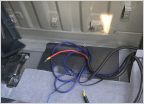 2011 DC Amplifier wiring for after market speakers
2011 DC Amplifier wiring for after market speakers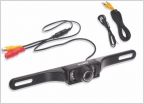 ? HOW TO wire a backup camer
? HOW TO wire a backup camer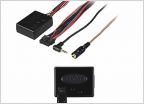 Aftermarket HU and steering wheel controls
Aftermarket HU and steering wheel controls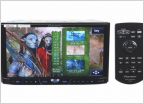 Help finding a headunit
Help finding a headunit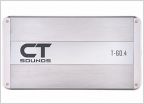 Whinny Noise
Whinny Noise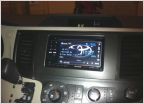 How do I install a Pioneer "AVH-P3200BT"
How do I install a Pioneer "AVH-P3200BT"








































































